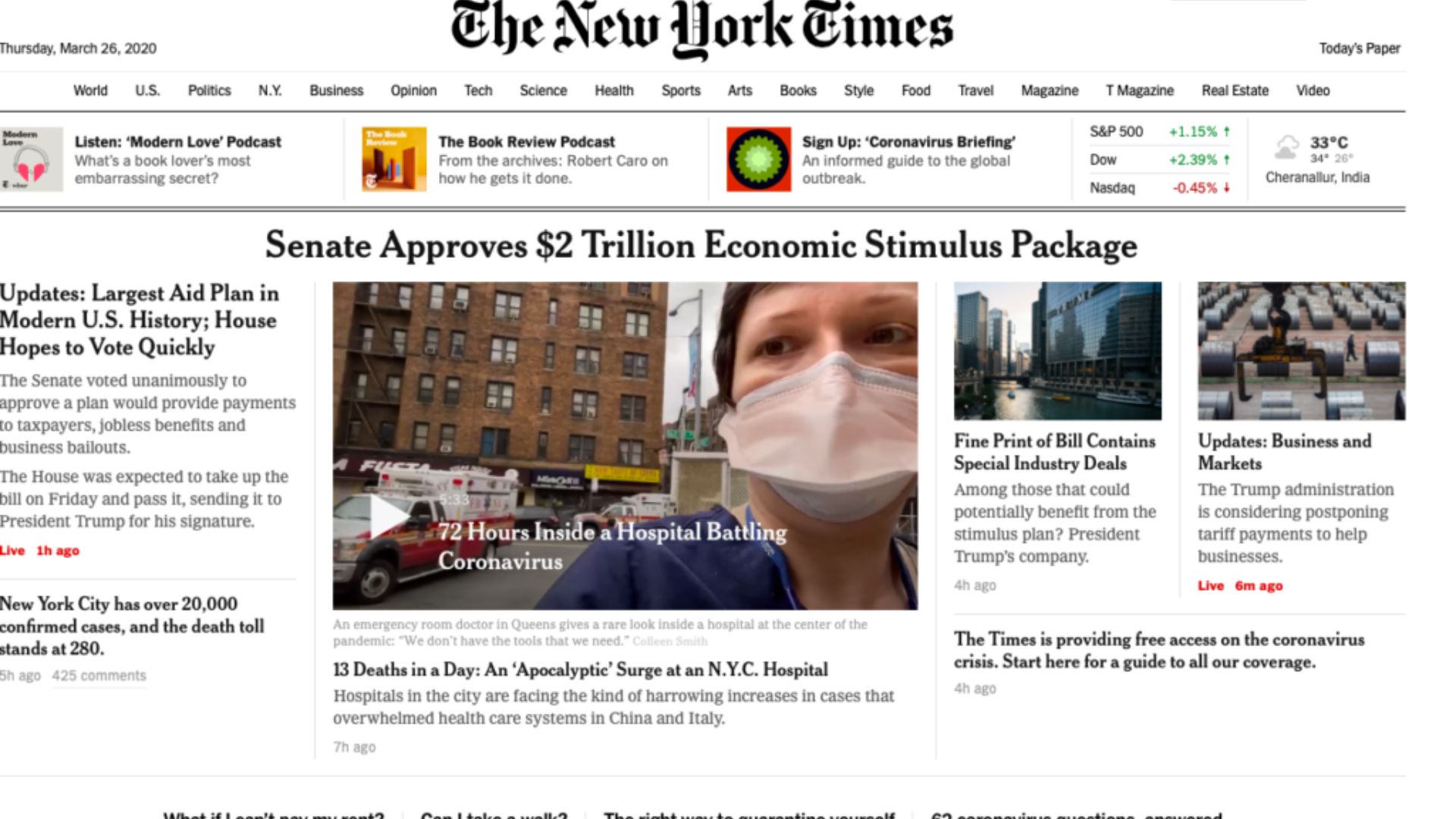When designing a website, several common mistakes can negatively impact conversions and hinder the overall user experience. Here are some of these mistakes to avoid:
- Poor Navigation: Complex or unclear navigation structures can confuse visitors and make it difficult for them to find the information they are looking for. A clear and intuitive navigation menu is essential for guiding users and allowing them to easily explore your website.
- Slow Load Times: Slow-loading websites can frustrate visitors and lead to high bounce rates. Optimizing your website’s performance, such as minimizing large image sizes, caching content, and choosing a reliable hosting provider, is crucial to ensure fast load times and a smooth user experience.
- Lack of Mobile Responsiveness: With the increasing use of mobile devices, having a website that is not mobile-responsive can significantly impact conversions. Failing to adapt your design to different screen sizes and resolutions can result in distorted layouts, difficult navigation, and a poor user experience.
- Cluttered or Busy Layouts: Overly cluttered or busy layouts can overwhelm visitors and make it difficult for them to focus on important information. Maintain a clean and organized design, using white space effectively to create a visually appealing and easy-to-read website.
- Poor Readability: Low contrast between text and background colors, small font sizes, or unusual font choices can hinder readability. Ensure that your typography is legible and easy to read across different devices and browsers to enhance the user experience.
- Lack of Clear Calls-to-Action: Not having clear and visually prominent calls-to-action can lead to missed conversion opportunities. Make sure your calls-to-action are visually distinct, use persuasive language, and are strategically placed to guide visitors towards desired actions.
- Inconsistent Branding: Inconsistency in branding elements such as colors, fonts, and imagery can create confusion and undermine brand identity. Maintain a consistent branding throughout your website to build trust and create a cohesive user experience.
- Overwhelming Forms: Lengthy or complex forms can discourage visitors from completing them, resulting in drop-offs. Simplify forms by only asking for necessary information and using smart form design techniques like inline validation or progress indicators to make the process user-friendly.
- Lack of Trust Signals: Failing to include trust signals, such as customer testimonials, reviews, security badges, or social proof, can reduce the trustworthiness of your website. Including these elements can enhance credibility and encourage visitors to convert.
- Ignoring Analytics and Testing: Neglecting to analyze user behavior and test different design elements can hinder conversions. Use analytics tools to gain insights into user interactions and behaviors, and conduct A/B tests to experiment with various design variations and optimize for better conversions.
By avoiding these common website design mistakes, you can create a user-friendly and conversion-focused website that effectively engages visitors and drives desired actions. Regularly evaluating and improving your website’s design based on user feedback and data insights is crucial to achieving optimal performance.










